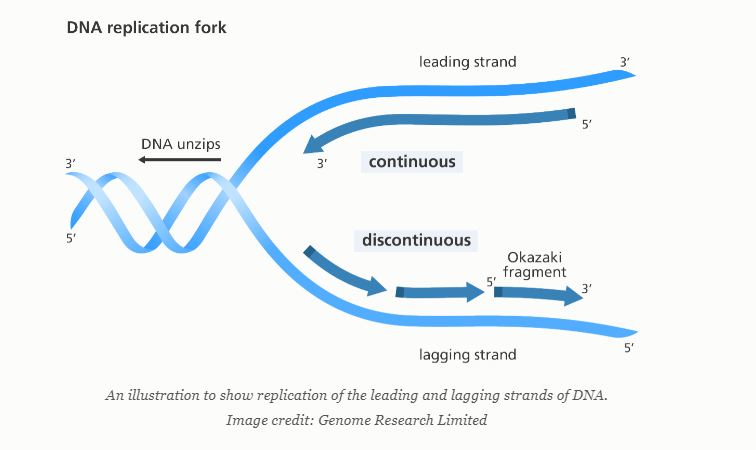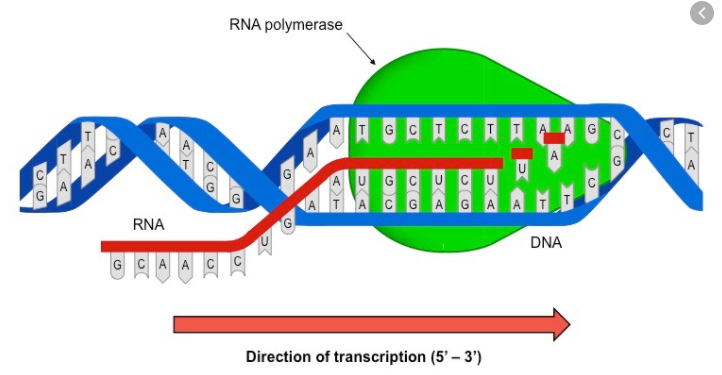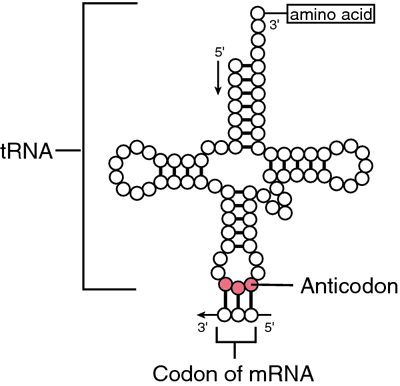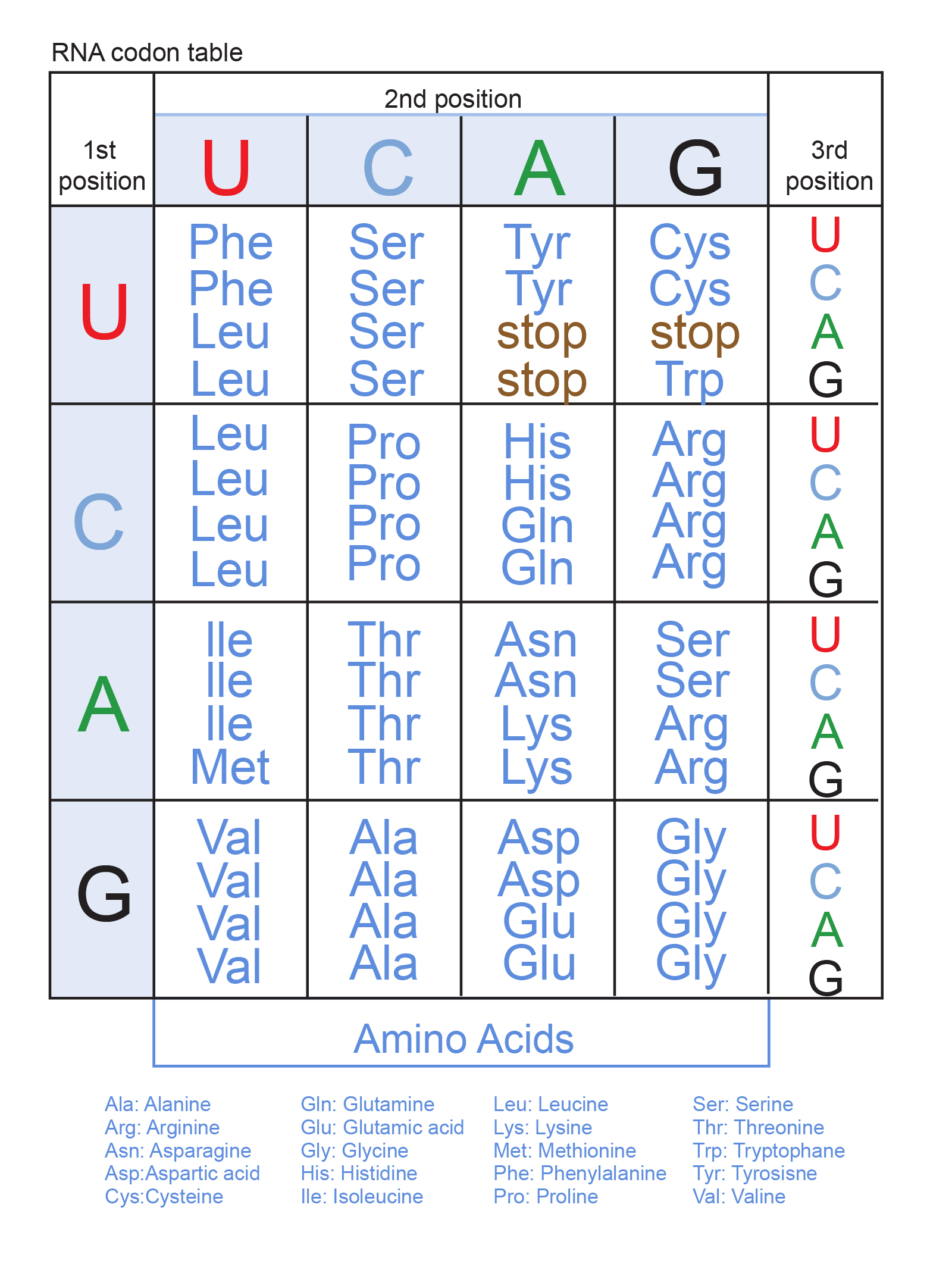Central dogma, translation, transcription [with exercise questions]

Central dogma
The central dogma of molecular biology is an explanation of the flow of genetic information within a biological system. It is originally stated as “DNA makes RNA, and RNA makes protein”.
The dogma is a framework for understanding the transfer of sequence information between information-carrying biopolymers, in the most common or general case, in living organisms. There are 3 major classes of such biopolymers: DNA and RNA (both nucleic acids), and protein. There are 3 × 3 = 9 conceivable direct transfers of information that can occur between these. The dogma classes these into 3 groups of 3: three general transfers (believed to occur normally in most cells), three special transfers (known to occur, but only under specific conditions in case of some viruses or in a laboratory), and three unknown transfers (believed never to occur). The general transfers describe the normal flow of biological information: DNA can be copied to DNA (DNA replication), DNA information can be copied into mRNA (transcription), and proteins can be synthesized using the information in mRNA as a template (translation). The special transfers describe: RNA being copied from RNA (RNA replication), DNA being synthesised using an RNA template (reverse transcription), and proteins being synthesised directly from a DNA template without the use of mRNA. The unknown transfers describe: a protein being copied from a protein, synthesis of RNA using the primary structure of a protein as a template, and DNA synthesis using the primary structure of a protein as a template - these are not thought to naturally occur.
Table of the three classes of information transfer suggested by the dogma | General | Special | Unknown | | ————| ———— | —————–| | DNA → DNA | RNA → DNA |protein → DNA | | DNA → RNA | RNA → RNA |protein → RNA | |RNA → protein| DNA → protein|protein → protein |
DNA Replication
DNA replication is the process by which DNA makes a copy of itself during cell division. -The first step in DNA replication is to ‘unzip’ the double helix structure of the DNA molecule. -Then a short piece of RNA called a primer comes along and binds to the end of two unzip strands continuously and discontinuously, respectively.
- Once all of the bases are matched up (A with T, C with G), an enzyme called exonuclease strips away the primers. And the new strand is proofread to make sure there are no mistakes in new DNA sequence.
- Finally, an enzyme called DNA ligase seals up the sequence of DNA into two continuous double strands.

An illustration to show replication of the leading and lagging strands of DNA. Image credit: Genome Research Limited
Transcription
Transcription is the process by which the information in a strand of DNA is copied into a new molecule of messenger RNA (mRNA). DNA safely and stably stores genetic material in the nuclei of cells as a reference, or template. Meanwhile, mRNA is comparable to a copy from a reference book because it carries the same information as DNA but is not used for long-term storage and can freely exit the nucleus.
-Transcription is initiated by an enzyme called RNA polymerase and a number of accessory proteins called transcription factors, which form a complex called the transcription initiation complex. -Then, the RNA polymerase begins mRNA synthesis by matching complementary bases to the original DNA strand. -The mRNA molecule is elongated and once the strand is completely synthesized, transcription is terminated.
The newly formed mRNA copies of the gene then serve as blueprints for protein synthesis during the process of translation.

Translation
Translation is a process by which the genetic code contained within a messenger RNA (mRNA) molecule is decoded to produce a specific sequence of amino acids in a polypeptide chain.
The key components required for translation are mRNA, ribosomes, and transfer RNA (tRNA).



This page has been viewed times.